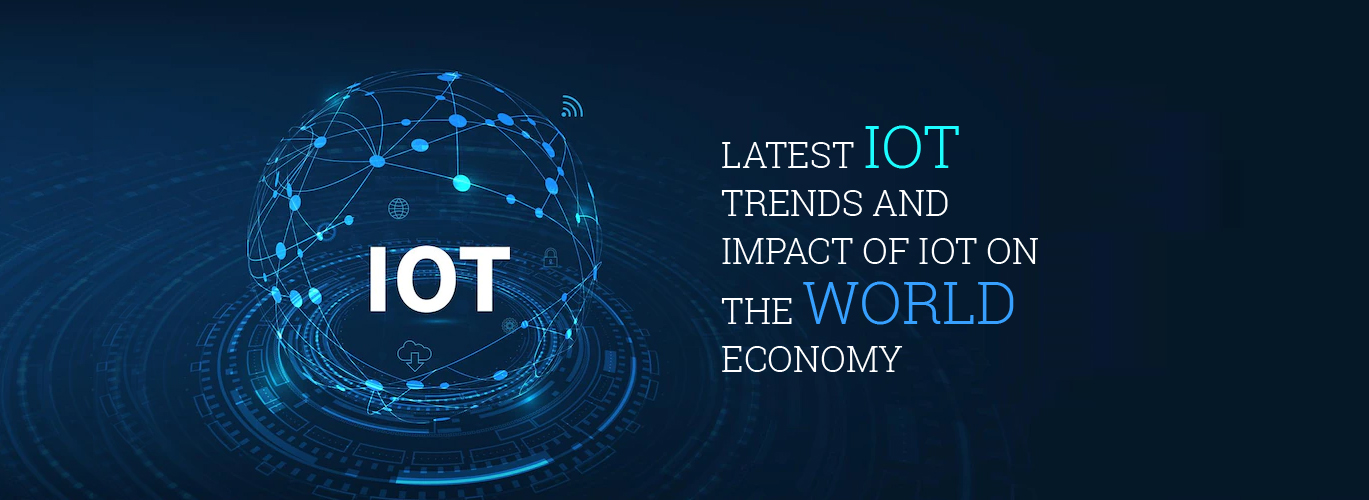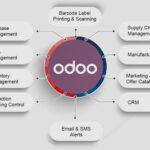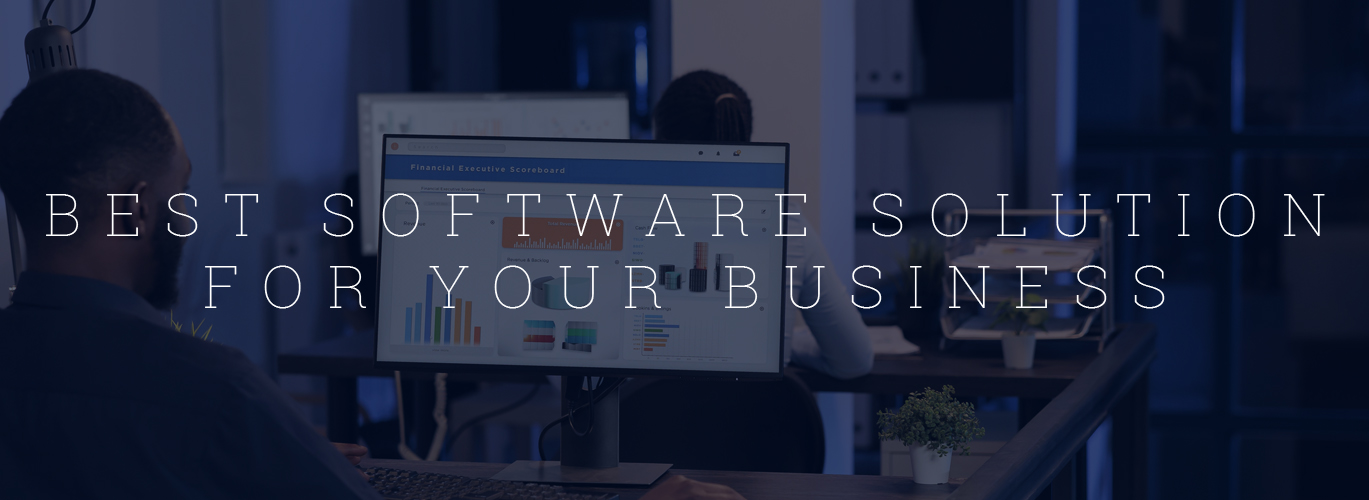IoT is a broad and a little confusing term to many of them. It’s difficult to measure the economic impact of IoT. This impact is simple to notice in the consumer market, thanks to the existence of wearable devices like fitness trackers when one out of two persons wears them. But we may miss an immense impact on our workplace, daily routines and way of living as IoT devices have already become an essential factor in people’s lives.
Impact of the IOT on the World economy
The economy is a complex and wide-ranging concept comprising different economic activities conducted both between and within nations which includes manufacturing, goods and services trade, management, financial operations and a lot more. Now let’s look at the impact of IoT on the world economy.
- In the year 2020, the market of Internet of Things (IoT) has crossed $389 billion and in the year 2030 it is expected to increase to $1 000 billion.
- The total no.of connected devices has crossed $10 billion in 2019 and by the year 2025, it is expected to increase up to 30 billion.
- As per the McKinsey recent report, IoT applications are going to have a huge economic impact of around $3.9 trillion to $11.1 trillion per year during 2025.
- Based on a study by Inmarsat, entrepreneurs of all industry domains are going to spend around 7% of their budget on IoT-based projects and even predicted to increase upto 10%.
- The market growth rate of smart products in the healthcare sector by the year 2023 is expected to reach 8.84%. This increases the market capitalization to $57.85 billion by the year 2023.
- The IoT market, which is global automotive, is expected to increase at a CAGR of 16.4% between the years 2019 to 2025 to increase up to $541.73 billion by the year 2025.
Latest IOT Trends in 2022
- 1
Edge IoT
Edge computing basically means that more of the computing takes place on the device where the data is collected. Edge computing and IoT go hand in hand and more of the processing will be divided between the edge and the cloud.
- 2
Cyber Security
Some of the notorious channels like Ransomware, Cybercrime, IoT assaults, Cryptojacking, government-sponsored attacks, and cyber-physical attacks are used to steal crucial organisational or personal information. More and more employees relocate to remote work, cybersecurity experts and IoT proponents are working to close the gap by bringing in new technologies and IoT-enabled security solutions. By 2022, IoT network hacking is forecasted to become a routine occurrence. Intruders will be prevented from inducing any harm by network operators acting as cybersecurity personnel. Organisations like Sierra, Wireless, and others who have been cyber-attacked in the past have established IoT-driven cyber technologies. Microsoft, Ericsson and U-Blox have also developed their own IoT-enabled threat detection and security service technologies.
- 3
IoT in healthcare
IoT in healthcare is another trend where it is used to collect data to help doctors understand conditions and lifestyles of patients. It works autonomously to improve the quality of life of users which allows doctors to potentially examine, diagnose and treat a larger number of patients as well as expand healthcare to areas where physical access is limited.
- 4
Automation
The IoT has been known to be a game-changer in the automation business. It has helped in growing new technologies to solve problems for the future, enhance operations, and grow production. Many papers highlight the need of IoT in business models that have increased output and improved company performance and business KPIs. Manufacturers are overhauling their whole business models with automation, to become more inventive and productive. Data and analytics are utilised to find applications in IoT networks. These technologies help in adopting and optimising IoT devices, processes, applications, and infrastructure, bringing in improved low-latency network performance.
- 5
IoT in customer service
The IoT can easily improve customer service, by delivering crucial data. CRM systems may provide benefits from advancements of technologies. The idea will be based on the capacity of technology in finding customer issues as well as alert businesses. Internet of Things devices can communicate interest to consumer service desks without the customer’s knowledge.
The Internet of Things is one important thing today and in the future. The growth of IoT technology will be fueled by and paired with parallel growth in related industries. And yes, IoT will drive economic growth. We can already notice these trajectories unveiling in today’s IoT deployments. Strategic adoption is key to be a winner in the IoT-enabled economy.






